The soft glow of thousands of flickering lanterns floating on the river, the murmur of prayers whispered into the night, and the collective hope of a nation—this is Thailand’s Loy Krathong festival. Held annually on the evening of the full moon in the twelfth month of the Thai lunar calendar, the festival transforms the country’s waterways into a mesmerizing tapestry of light. Yet beneath the surface of this enchanting tradition lies a growing tension between cultural preservation and environmental responsibility.
Loy Krathong, which translates to "to float a basket," is deeply rooted in Thai history and spirituality. The act of releasing krathongs—small, decorated floats traditionally made from banana leaves, flowers, and incense—is believed to carry away misfortune and bring good luck. For many Thais, it is a moment of renewal, a symbolic letting go of grudges and negative energy. The festival also pays homage to the water goddess, Phra Mae Khongkha, acknowledging the vital role rivers play in Thai agriculture and daily life.
In cities like Bangkok and Chiang Mai, the festival takes on a grand scale. Canals and rivers become crowded with revelers, while fireworks light up the sky. Tourists flock to witness the spectacle, adding to the vibrant atmosphere. The krathongs themselves have evolved over time, with some now featuring intricate designs and even small candles or coins. The sight of thousands of these tiny vessels drifting together creates a sense of unity and shared purpose among participants.
However, the very beauty of Loy Krathong has become a source of environmental concern. Modern krathongs, often made from non-biodegradable materials like styrofoam, linger in waterways long after the festival ends. These remnants clog rivers, harm aquatic life, and contribute to pollution. In recent years, activists and environmental groups have raised alarms about the ecological impact, urging both locals and tourists to reconsider their participation or at least opt for eco-friendly alternatives.
The Thai government and local communities have taken steps to address these issues. Campaigns promoting biodegradable krathongs made from natural materials like bread or banana stalks have gained traction. Some areas have even introduced krathong retrieval systems, where volunteers collect floats shortly after they are released to minimize waste. These efforts reflect a growing awareness of the need to balance tradition with sustainability.
Yet the challenge remains complex. For many, Loy Krathong is not just a festival but a sacred ritual. The idea of altering or abstaining from the practice feels like a loss of cultural identity. Younger generations, caught between reverence for tradition and concern for the planet, are grappling with how to honor their heritage without contributing to environmental degradation. This tension mirrors global debates about how societies can preserve cultural practices in an era of ecological crisis.
Perhaps the most poignant aspect of Loy Krathong is its inherent contradiction. A festival meant to express gratitude to water sources has, in some ways, become a threat to them. This paradox invites reflection on how traditions must evolve to remain meaningful in a changing world. The festival’s core message—of release and renewal—could itself hold the key to its future. Just as individuals let go of their troubles through the krathongs, society may need to release outdated practices to embrace more sustainable ones.
As the lanterns continue to float under the moonlight, Loy Krathong stands at a crossroads. It remains one of Thailand’s most beloved celebrations, a testament to the country’s rich cultural tapestry. But its survival may depend on the willingness of its people to adapt. In the delicate dance between honoring the past and protecting the future, the festival’s true spirit—one of hope and harmony—could yet light the way forward.
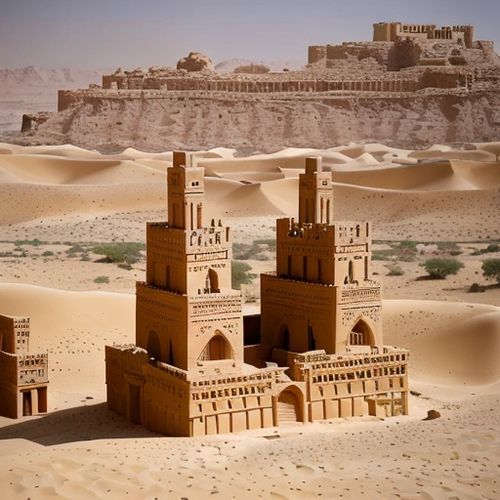
By /May 11, 2025

By /May 11, 2025

By /May 11, 2025

By /May 11, 2025

By /May 11, 2025
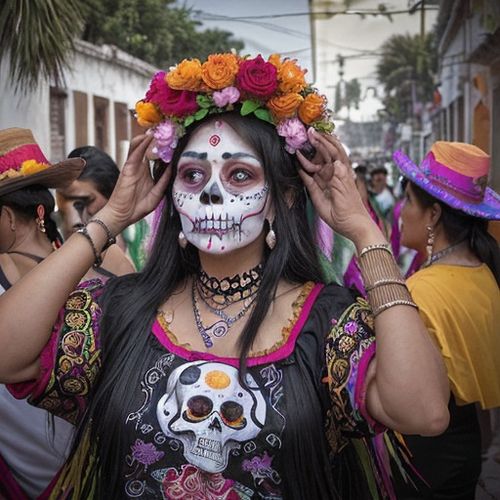
By /May 11, 2025
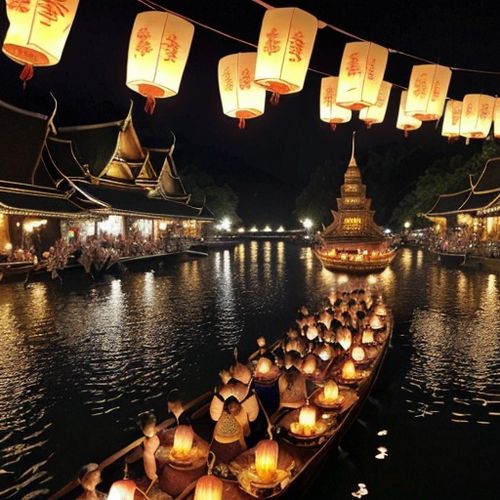
By /May 11, 2025
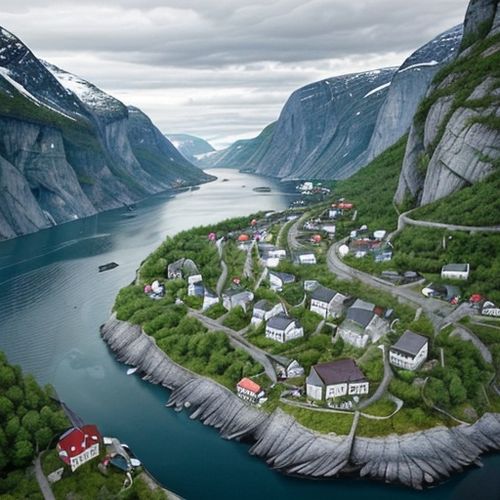
By /May 11, 2025
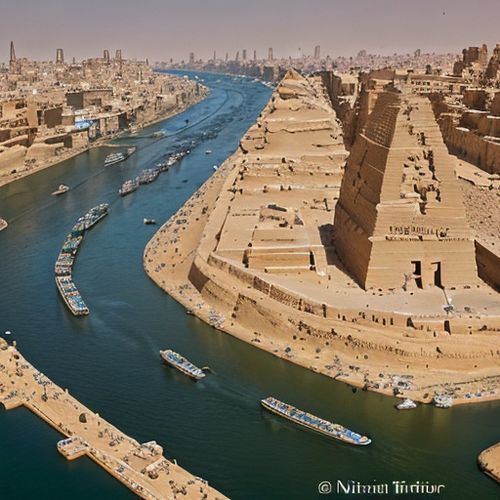
By /May 11, 2025

By /May 11, 2025

By /May 11, 2025

By /May 11, 2025
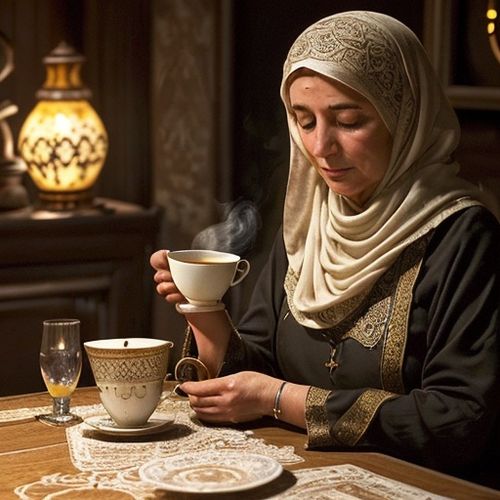
By /May 11, 2025
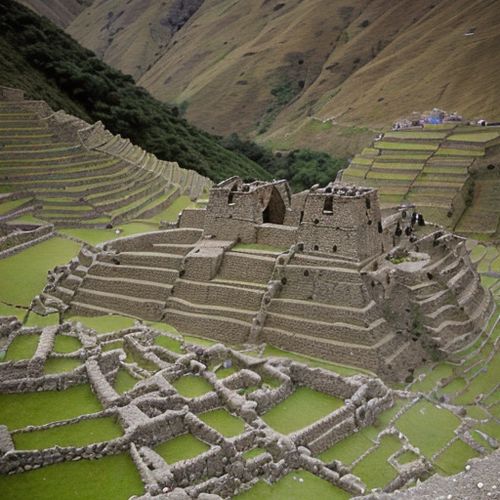
By /May 11, 2025
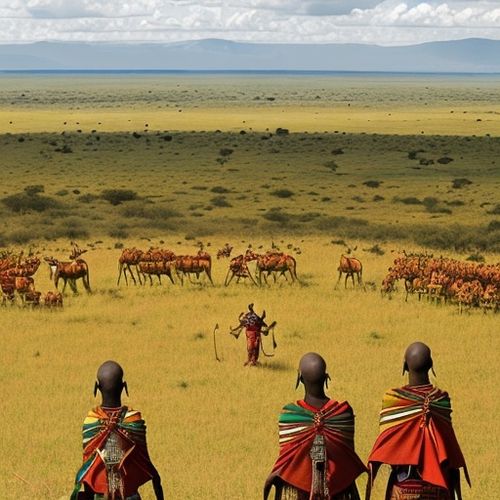
By /May 11, 2025
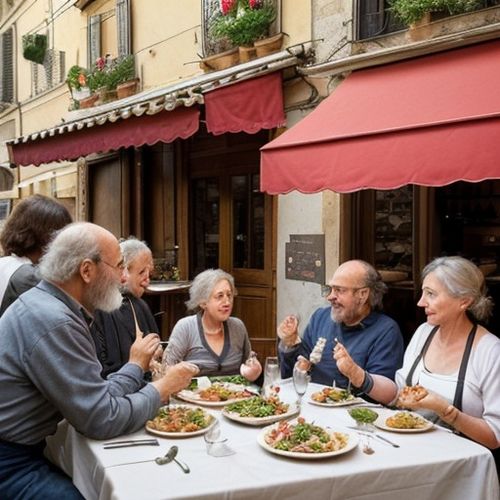
By /May 11, 2025
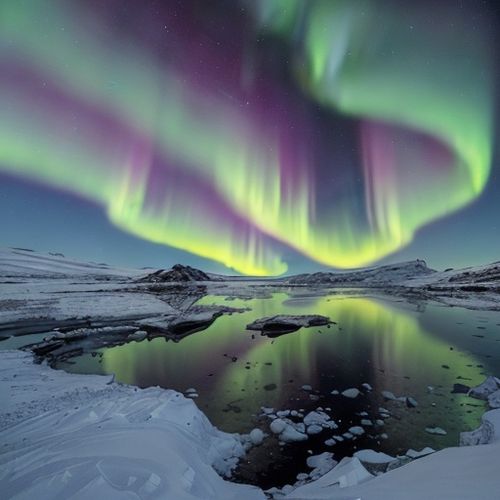
By /May 11, 2025
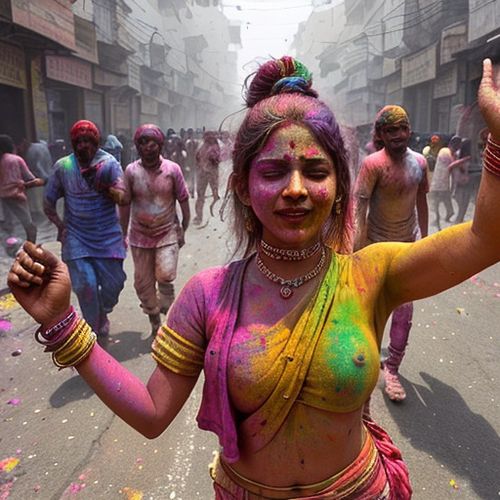
By /May 11, 2025
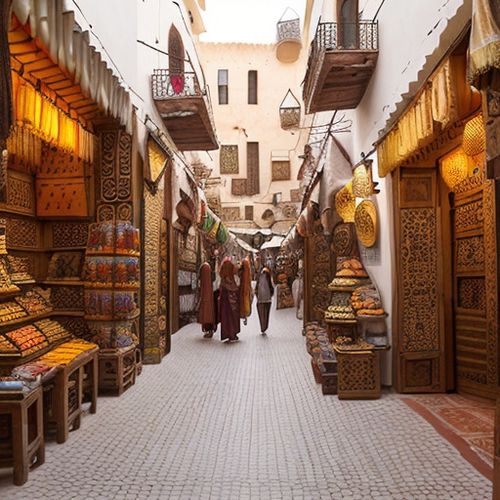
By /May 11, 2025
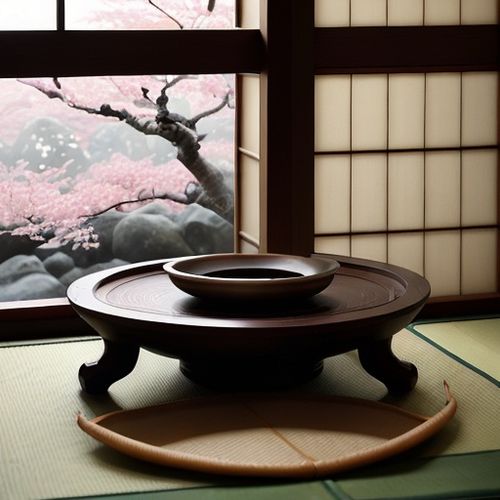
By /May 11, 2025